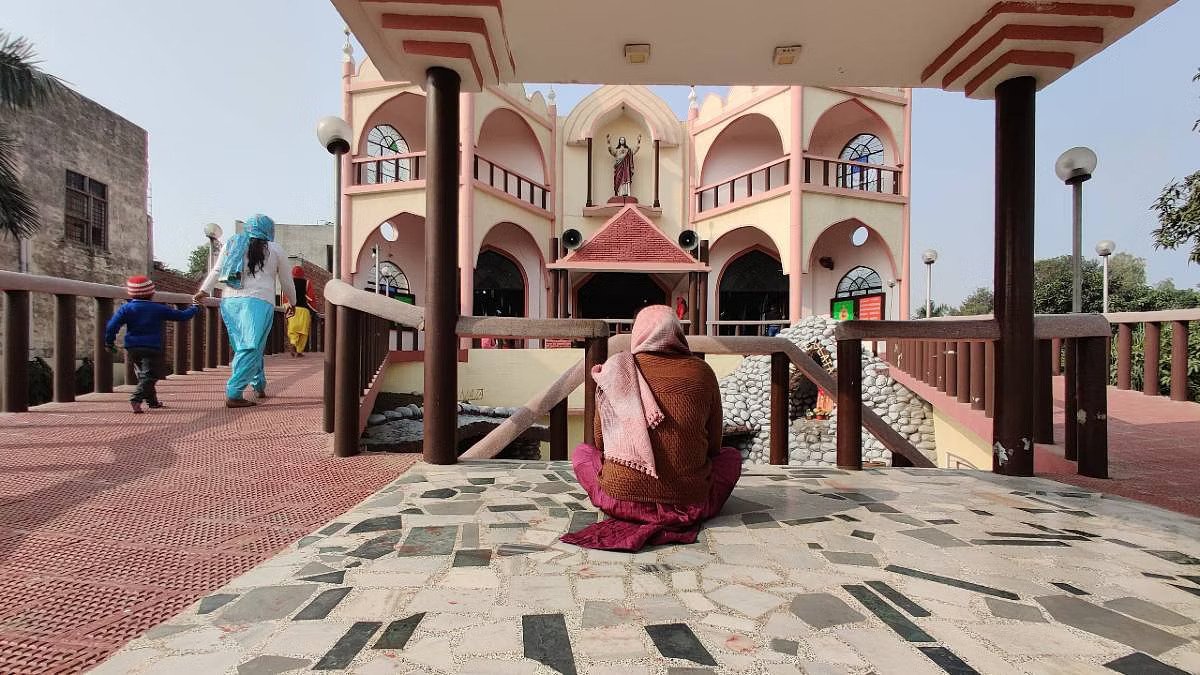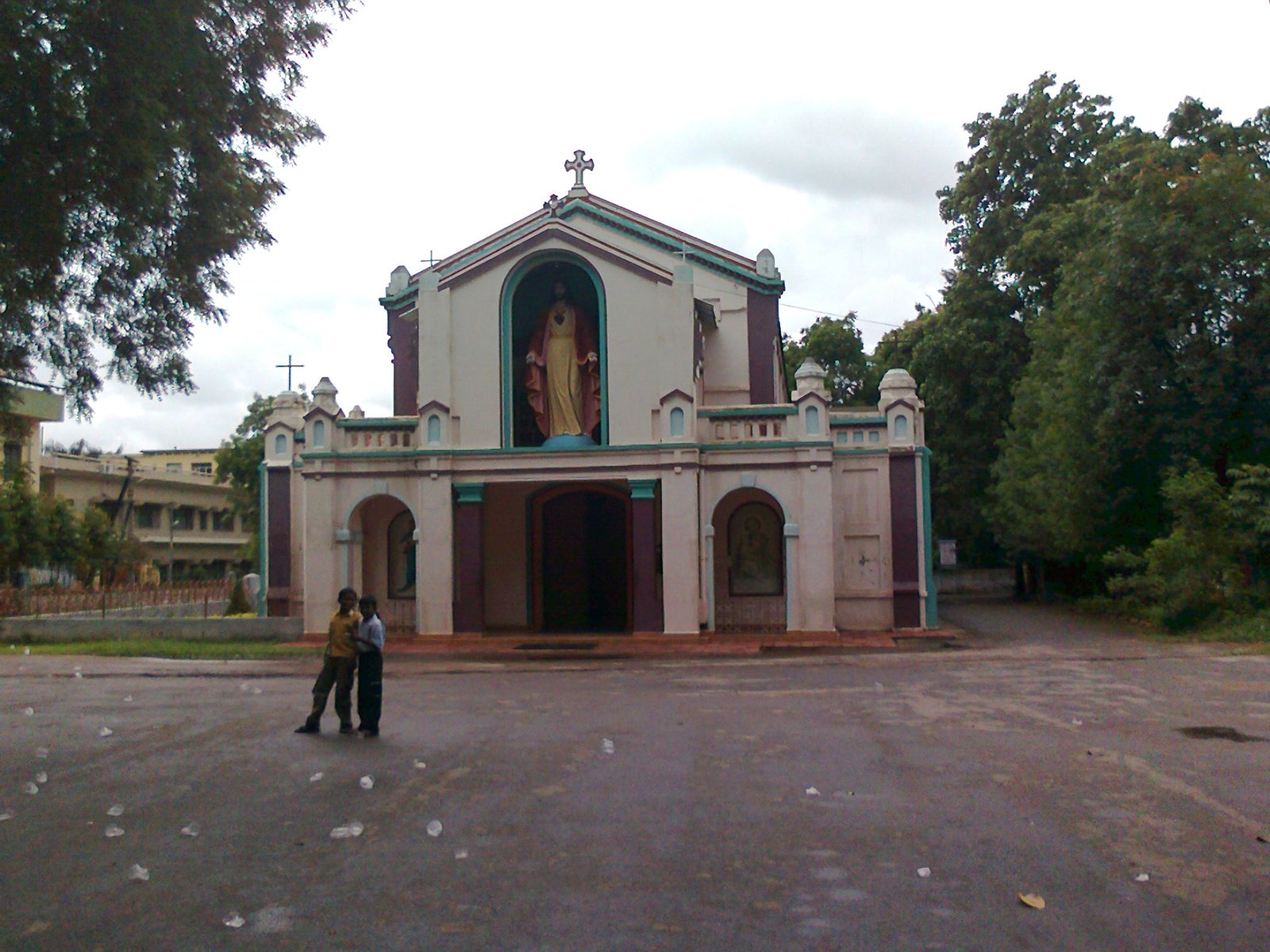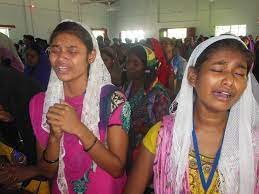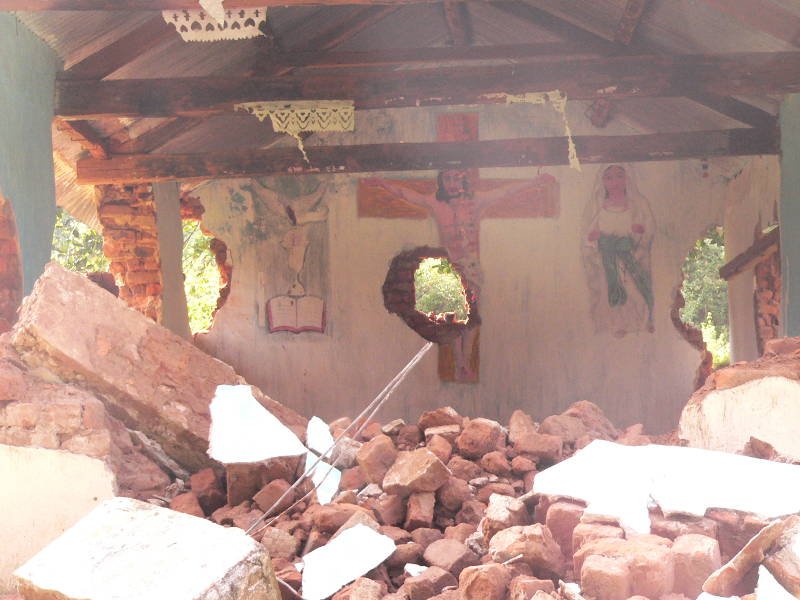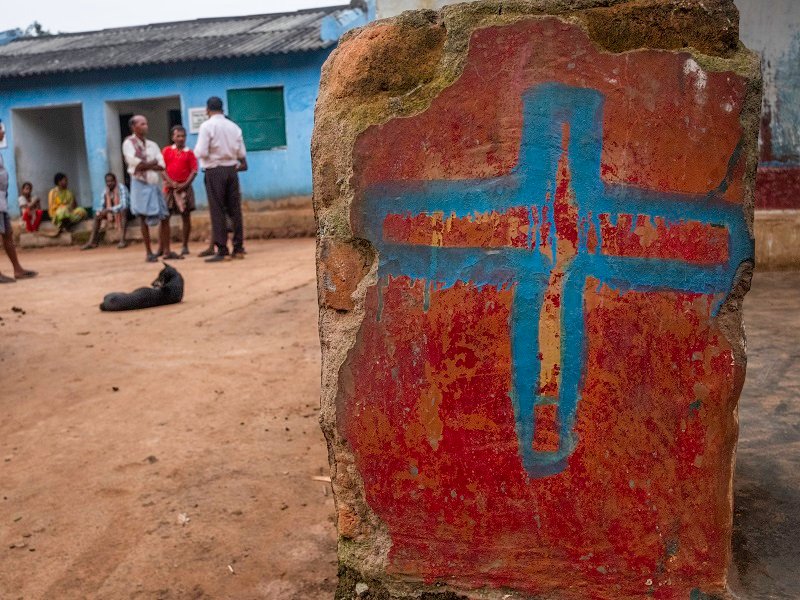22
Mar 2024
Punjab
Punjab is one of the smaller states of India. It is located in the northwestern part of the sub-continent. At the time of partition of the Indian sub-continent in 1947, Punjab was bifurcated into two parts on religious grounds: West Punjab (in Pakistan) and East Punjab (in India). For historical and geographical reasons, western part of Punjab was the most prosperous and developed while the eastern part was relatively backward.
22
Mar 2024
Karnataka
Karnataka is situated in the southwestern region of India and is one of the most prosperous states in India with tremendous progress in the fields of education, industry, agriculture, literature and tourism. Karnataka is the seventh largest state in India in terms of area with 30 districts. As per the 2011 Census, the state has a population of around 60 million people. Of the total population, 61.33% of population lives
22
Mar 2024
Odisha
Odisha is located on the eastern coast of India, bordering West Bengal, Jharkhand, Chhattisgarh and Andhra Pradesh. As per the 2011 census, Odisha has a population of 42 million people with 83 percent of the population living in rural areas. 22.85 percent of the population is made up of Adivasis (officially Scheduled Tribes or ST), the third highest in the country. Combined, Dalits and Adivasis make about 40 percent of
22
Mar 2024
Haryana
Haryana state came into being in 1966 when it was separated from Punjab based on linguistic and cultural differences. Haryana shares its border with Delhi, the capital of India; cities on the border like Gurgaon and Faridabad have seen major development and are the hubs for multi-national companies especially in the IT sector. But the story of the state beyond these cities is quite different since Haryana is predominantly agriculture-based
22
Mar 2024
Chattisgarh
The state of Chhattisgarh was carved out of the central state of Madhya Pradesh in 2000. The demand for a separate state was expressed as early as 1955 and grew significantly in the 1990s. The region is home to some of the country’s largest reserves in minerals. Although Chhattisgarh is only 4% of the total area of India, the state contributes significantly to coal, iron ore, dolomite and tin ore
22
Mar 2024
Bihar
The state of Bihar has been shaped by its partition from the province of Bengal and most recently after the separation of the tribal southern region now called Jharkhand. The state enjoys a unique location-specific advantage because of its proximity to the vast markets of eastern and northern India, access to ports such as Kolkata and Haldia, and to raw material sources and mineral reserves from the neighbouring states.The percentage
18
Mar 2024
Jharkhand
Jharkhand was carved out of Bihar in 2000, after a long movement for autonomy and land rights led by Adivasis (tribals) who now form 27% of Jharkhand’s population. These groups have been involved in anti-colonial land-rights agitations from the Bhumij rebellion in 1798 and these struggles continue well into the 21st century. Today, Jharkhand and its neighbouring states Chhattisgarh and Odisha contain India’s largest reserves of wealth in the form
18
Mar 2024
Madhya Pradesh
Madhya Pradesh is the fifth largest state by population in the country. Geographically, the state was first reorganized in 1956, and then it was further bifurcated in 2000 to form the state of Chhattisgarh. According to data from World Christian Database (WCD), the total population of MP is just over 84 million people with 86% Hindu population and nearly two million Christians or 2.2% of the population. Madhya Pradesh has
18
Mar 2024
Uttar Pradesh
Uttar Pradesh is the most populated state of India with a population of just above 230 million (as per World Christian Database, 2022). It has the highest population growth rate of 20% and home to the highest number of Hindus and Muslims in the country. As per the WCD, Hindus comprise 70% while Christians comprise 0.25% of the population. Indexed to the WCD, UP has just above 48 million or
